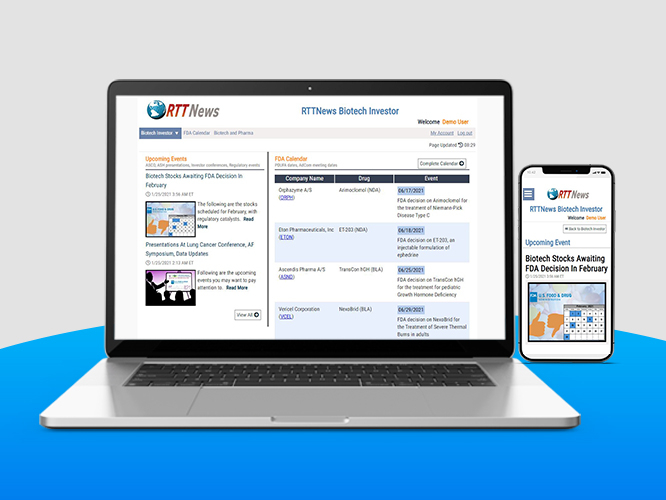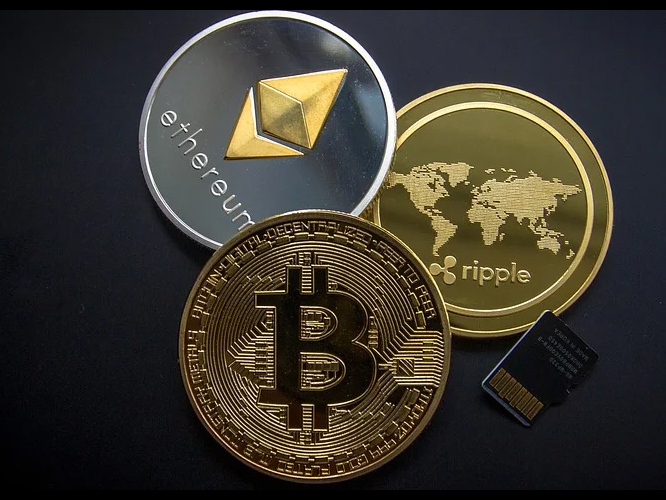An unprecedented push by the federal government to shape Canada’s power grid is about to ramp up – and face its first major test, courtesy of an Ontario government with a different view of electricity’s future.
After using its recent budget to introduce subsidies for both private and public entities that invest in non-emitting electricity, Ottawa will this summer put forward its proposed new law to restrict provinces from generating power from fossil fuels.
The primary target of the rules, known as the Clean Electricity Regulations, will be natural gas – the energy source that Ontario and several other provinces want to use to help meet surging electricity demand in the coming decades.
While details are still being hammered out, the government has indicated that the regulations – to be implemented under the Canadian Environmental Protection Act, meaning non-compliance could mean criminal prosecution – will require gas plants lacking carbon-capture technology to curtail operations starting in 2035.
Despite that date being more than a decade away, Ottawa is counting on its carrot-and-stick approach to already steer investment decisions.
The idea is to accelerate a shift in which technological advances and falling prices are already making renewables increasingly attractive relative to gas. As new federal tax credits for wind, solar and energy storage (plus hydro and nuclear) make those sources more economical, the regulations are meant to make new gas plants financially unviable, because they would have to close early in their natural lifespans.
The question is how much the federal intervention will achieve that, and how much provinces that believe gas is needed will keep investing in it – transferring risk of stranded assets onto ratepayers or taxpayers.
The answer will depend partly on whether a government with little experience in electricity policy (which is mostly provincial jurisdiction) strikes the right balance in building some flexibility into the regulations, without leaving glaring loopholes that undermine national emissions targets.
In an interview, Environment Minister Steven Guilbeault called it “one of the most complex regulations that we’ll have to do.” He acknowledged the challenge of promoting not just sustainability but also affordability and reliability, in a way that fits different electricity systems in each province.
In other interviews, a range of executives working in the electricity sector – including with provincial agencies, energy companies and industry associations – praised Mr. Guilbeault for being consultative during the policy’s development.
They believe he has put some water in his wine, by shifting from initial plans to require a fully non-emitting grid by 2035 toward still allowing limited use of unabated gas at times of peak demand, although the sector faces major uncertainty as it awaits specifics.
But before those details are released, the biggest province is proceeding with a gas procurement that will give a measure of whether the federal plan is achieving its intended market impact, or causing unintended consequences.
Ontario does not appear to have the toughest path to a net-zero grid. Less than 10 per cent of its power now comes from gas, which has a greater share of grid capacity but is only maximized at times of peak demand; the rest is non-emitting, with nuclear the biggest source.
That’s a better starting point than in Saskatchewan, Alberta, Nova Scotia and New Brunswick, which are still weaning themselves off much dirtier coal (if not as good as hydro-rich Quebec, British Columbia, Manitoba and Newfoundland and Labrador, which don’t significantly rely on fossil fuels).
Nor has Premier Doug Ford – who touts reliable low-emissions electricity as key to wooing investment such as electric-vehicle manufacturing – joined Alberta’s Danielle Smith and Saskatchewan’s Scott Moe in publicly attacking the planned regulation.
But Mr. Ford’s government sees a continued role for gas, at minimum as a transitional fuel. So it has directed Ontario’s Independent Electricity System Operator (IESO) to secure contracts for up to 1,500 megawatts of new gas power.
That’s atop roughly 10,000 megawatts of gas capacity now. It’s one of the ways – alongside adding up to 2,500 megawatts of battery-storage capacity, more aligned with the federal strategy – that Ontario intends to both make up for nuclear power coming offline this decade (because of closings and refurbishments) and address rising demand.
Initial results of the procurement are expected to be announced in May or June, probably a month or two before the draft Clean Electricity Regulations. But the new rules are already impacting the type of contracts likely to be awarded.
Much of that influence stems from Ottawa already indicating, in a framework for the regulations last year, that any gas units operational before 2025 will be allowed to run for an (as yet unspecified) period past 2035. By contrast, any new generation that comes online from 2025 onward will seemingly only be permitted to operate from 2035 in very limited periods of peak demand.
Consequently, while expanding capacity at existing gas plants is proving a viable option, building entirely new ones is not.
“I don’t know that we’ll see a greenfield natural-gas plant show up,” said Chuck Farmer, an IESO vice-president. “But I do think there are opportunities to get more megawatts out of existing plants to carry us through this transition.”
The discouragement of new plants means Ottawa’s strategy is starting to achieve its intended purpose.
“They thought this was going to deter unabated gas in Canada,” said Chris Kopecky, a senior vice-president with Capital Power, one of the bigger energy producers bidding for contracts in Ontario procurement, including site expansions in Windsor and the Greater Toronto Area. “And I think it’s having that effect.”
But the expansions are where there may be the unintended consequence of financial-risk transfer.
Timing could be tight even to add gas turbines to existing facilities within a year and a half, and nobody yet knows how long past 2035 any units will be grandfathered. So Ontario will structure contracts to assure private companies that they’ll be able to earn back their investment.
One way that the province has indicated it will provide that assurance: guaranteeing companies payment past 2035, likely to 2040, even if facilities can’t operate. So Ontarians could spend years paying for power to not be generated.
That may not be enough, though, considering gas contracts have previously been awarded on a 20-year basis. So Ontario may also commit to paying premium rates for generation over shortened operational periods.
Clearly, that’s not quite what Ottawa has in mind. “I think every jurisdiction should think long and hard before investing in facilities that could become very expensive to operate come 2035,” Mr. Guilbeault said.
Ontario’s dynamic is somewhat unique. It’s the only province now in the midst of signing new gas contracts, though others (notably Alberta) are already building gas facilities that should be done by 2025.
Alberta and Saskatchewan also have a better chance of using carbon capture to make gas generation compliant. That’s not as viable in Ontario, because geologically it has lower carbon-storage capacity.
Still, Ontario will set the early national tone for how the federal strategy works in practice – although it will be easier to judge the contracts it reaches, and the example they set, once Mr. Guilbeault lays out the regulations’ details.
Along with how older facilities will be grandfathered, the information most eagerly awaited by industry is how much all plants will be allowed to keep operating at times of extreme peak demand. The common perception is that Ottawa will craft the regulation to permit that to happen a few days a year. But the fine print will be crucial.
What’s clear so far is that it won’t be business as usual.
A question hanging over the regulations has been whether provinces might simply ignore the new requirements – hoping a different federal government will reverse the regulations before 2035, or that no government will risk power shortages by enforcing it.
But that’s clearly not a mentality that the electricity sector is willing to adopt.
“The nature of the tool that’s being used is pretty strict,” said Michael Powell, the vice-president for government relations with Electricity Canada, the industry association.
“I don’t think our members want to be in a position where they’re staring down a bluff with the Government of Canada.”


 White House Officials Meet State Legislative LeadersOn Reproductive RightsTop Biotech IPOs Of 2021 That Soared As Much As 500%-Share Story
White House Officials Meet State Legislative LeadersOn Reproductive RightsTop Biotech IPOs Of 2021 That Soared As Much As 500%-Share Story